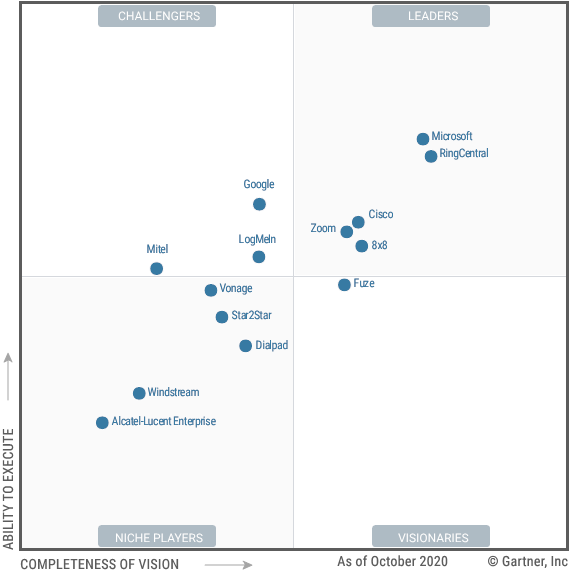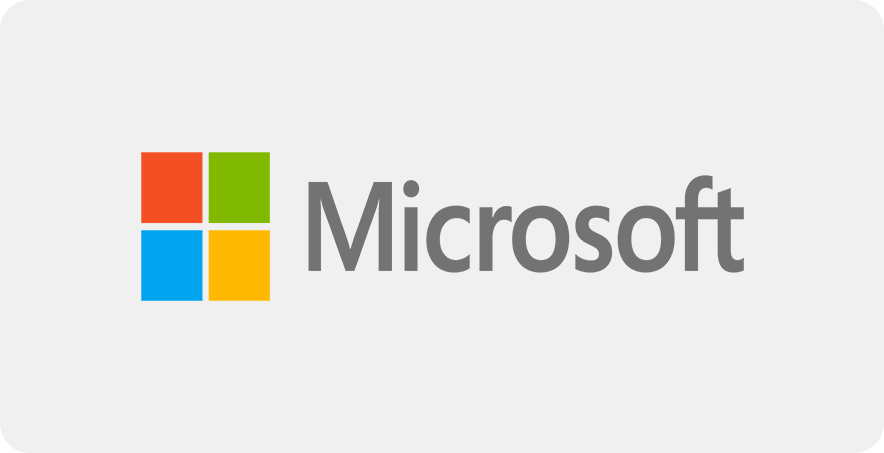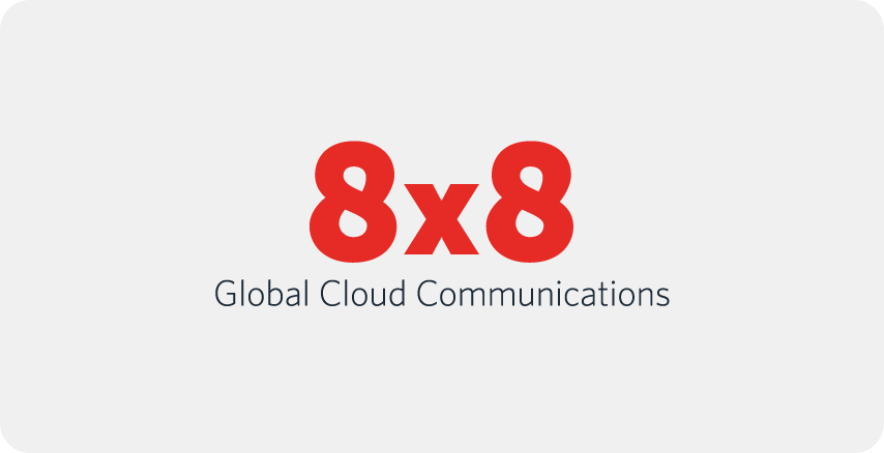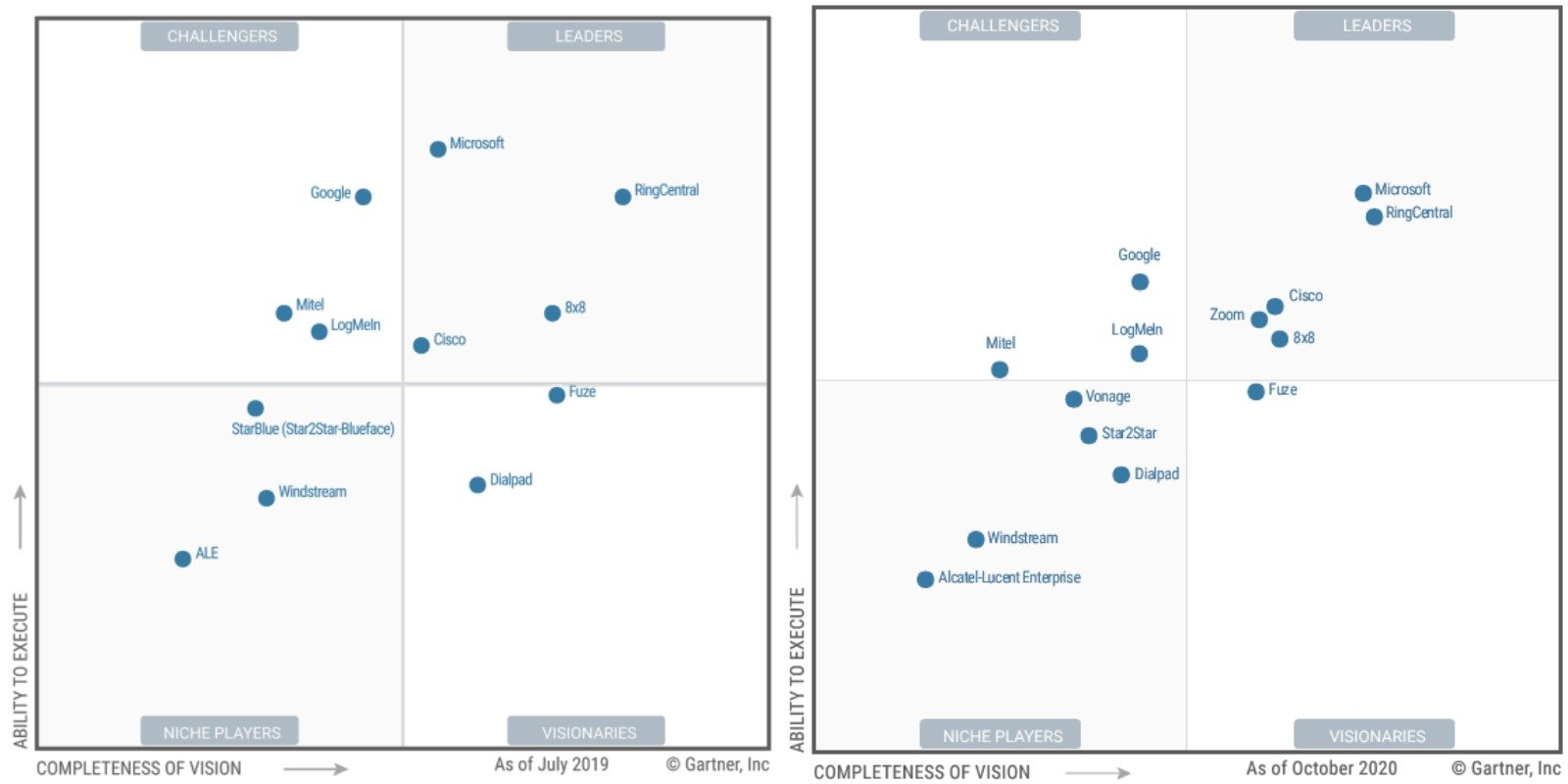There’s no denying that cloud communication software is the way of the future and Gartner‘s Unified Communications as a Service (UCaaS) Magic Quadrant proves that. With the coronavirus pandemic forcing a large majority of the workforce to go remote, UCaaS software has quickly become more important than ever.
As Gartner reports, “By 2022, 74% of organizations will move at least 5% of their normally full-time, on-site workers, who had switched to working from home temporarily, into permanent remote-working positions.”
Gartner reports are highly respected in multiple industries, they are one of the best resources to leverage the UCaaS landscapes and shifts that may have taken place since 2019. The UCaaS document gives a thorough and detailed look at the players to keep an eye on in the market, making it a suitable resource for business owners to make the right decision for their organization.
In this article, we’ll provide a complete breakdown of the 2020 UCaaS Magic Quadrant. We’ll cover the following sections:
- Gartner’s UCaaS Definition
- The State of UCaaS in 2020
- Current Market Trends
- Inclusion Criteria for The Magic Quadrant
- This Year’s Magic Quadrant
- A Close Look at the Current Leaders
- Changes from the 2019 Magic Quadrant
Gartner’s UCaaS Definition
Gartner defines unified communications software as a service solutions as cloud-based software that delivers most of the same functions as on-premises unified communications (UC) platforms.
The analyst firm defines UC tools as products that combine enterprise communications channels into one unified platform. While they provide similar functionality, the procurement, operational, and delivery model for UCaaS solutions are decidedly different than traditional UC platforms.
Gartner states that UCaaS providers must have the following capabilities in the areas below:
- Telephony — This refers to enterprise telephony capabilities that typically includes PSTN access. The telephony capabilities should be able to be accessed through physical phones or software solutions. This also refers to unified team messaging and voicemail services.
- Meetings — VoIP solutions like UCaaS should enable users to participate in audio/video-conferencing with content sharing, in-meeting messaging, and file-sharing abilities. It’s important to note that Gartner excludes specialized cases, such as webinars, IT support and distance learning, from this category.
- Messaging — These solutions should give users the ability to send instant messages one-to-one or to an entire team. These messaging systems should have presence capabilities that enable users to see the availability, location, and other contextual status information of users.
- Mobility and software clients — This enables users to access multiple communications functions from one platform. UCaaS solutions should give users a consistent experience across all devices that carry the software.
The State of UCaaS in 2020
UCaaS software like voice, video conferencing, chat have become integral to modern businesses. As we previously reported, “42% of companies have increased cloud application and unified communication adoption.” These technologies allow for connectivity between businesses and their employees and customers when physical interaction isn’t possible. These tools bridge the gap between users who have been forced to go remote.
With COVID-19 continuing to rage on longer than anyone expected, the market is seeing an unprecedented boom. As Global Newswire reports, The global UCaaS market is worth $31 billion this year and is projected to continue to grow. According to Forbes, interest in UCaaS increased by 86% immediately after the Covid-19 pandemic hit.
So while the software has become increasingly more present in businesses within the last few years, the pandemic has forced its role in offices to adapt quickly. UCaaS solutions are now vital for businesses to operate with employees scattered across different locations.
For example, in-person meetings used to be a crucial aspect of a sales person’s day-to-day. Those are now replaced with virtual meetings by means of UCaaS software. Video conferencing tools have seen the biggest spike in usage since the pandemic began, as Forbes reports their usage is up by 596% since COVID-19 hit.
With the numerous options offered by cloud-based solutions, UCaaS software provides businesses with the ability to introduce smart solutions into their business processes, allowing them to become more agile than ever before.
Current Market Trends
As UCaaS is a rapidly evolving market, many trends had emerged over the course of the past year. For starters, there’s the rising trend of bring your own device (BYOD). With the vast majority of employees working remotely, they’re using personal devices for work — not just a laptop, but a smartphone or a device.
So that means your organization has to keep networks and security running at their best, since your is now on more devices than ever. It may pose to be a challenge for some IT teams, but it’s now a necessity. On the same note, security for UCaaS software needs to be more advanced now than ever.
Since your employees likely have not been working from the safety of your in-office network for the majority of 2020, your business’s information is more vulnerable to hackers than it previously was.
Because of the growing use of UCaaS software, businesses have seen a shift away from email as a main form of communication. Instant messaging tools such as Slack are quickly replacing email as the most common method of brief communications. Email has had such a dominant presence in modern offices for so long that it’s likely not going anywhere. But its importance has undoubtedly dwindled with the introduction of UCaaS.
Just as with many business processes, artificial intelligence is finding its way in unified communications tools as well. Implementing AI into your UCaaS environment allows you to get the most out of your software stack, allowing you to implement tools such as intelligent chatbots and predictive analysis functionality.
Merging AI and unified communications solutions can allow your business to process large amounts of data, which will provide massive benefits to multiple facets of your organization.
The unified communications market has also seen a higher use of 5G in the past year. 5G is what makes it possible for new technology such as AI to become integrated into UCaaS solutions. According to UC Today, we can expect more than 2.6 billion 5G subscriptions by the end of 2025.
The advance mobile network enables users to maintain high-quality communications from anywhere. It will likely pave the way for even more advanced technology, such as augmented reality and virtual reality to find their way into unified communications.
Inclusion Criteria for The Magic Quadrant
As Gartner clearly states, Magic Quadrants are based on rigorous and fact-based analysis backed by their tried and tried methodology. That process first starts with defining the boundaries of the market they are analyzing. In order for a software category to be included in one of Gartner’s patented documents, the field must be distinct and viable.
The research firm searches for emerging trends in the field to ensure the software market in question will allow for a positive user experience. Gartner selects software fields that will assist users with planning, investment decision-making, and general support of vendor relationships.
Selecting the vendors that appear in each report is a thorough process as well. The specific criteria for inclusion consist of elements such as market share, number of clients, types of product/services offered, and more. The software vendors who happen to make the document are not meant to be an exhaustive list of vendors in the space, but those that Gartner believes best serve their users’ needs.
Each vendor included is rated by criteria that fall into two categories — Completeness of Vision and Ability to Execute. The first category looks at a vendor’s technological innovation compared to the rest of the field. Ability to Execute more looks at the software vendor’s logistical benefits, such as financial viability and market responsiveness. These two categories make up the axis for every Gartner Magic Quadrant.
Each of these pieces of criteria allows Gartner to place each vendor in one of four quadrants within the context of the entire document — Leaders, Challengers, Visionaries, and Niche Players. Those four quadrants make up the overall report for each software category, allowing Gartner to put out its recommendations for each year.
This Year’s Magic Quadrant

The 2020 UCaaS document was released in November 2020. It shares the leaders, challengers, visionaries and niche players in the field. These vendors will keep their standings for the next year. The 2020 UCaaS report shows that these solutions have an invaluable place in modern businesses. Here’s a closer look at this year’s report and how it changed from last year.
A Close Look at the Current Leaders
The leaders on a Magic Quadrant are vendors who Gartner believes exceed in their ability to execute and their completeness of vision. They are software solutions that the research firm believes exemplifies each of its inclusion criteria for a Magic Quadrant. This year, UCaaS has five leaders — Microsoft, RingCentral, Cisco, 8×8, and Zoom.
Microsoft

Microsoft was placed as one of the highest leaders on this report due to its Teams solution, which focuses on telephony, instant messaging, and meeting capabilities. Gartner states that the majority of its clients, which are midsized businesses and enterprises, already use Microsoft. As those customers reported high levels of satisfaction, this likely influenced Gartner’s decision to name it a leader.
The software giant boasts a large catalog of software solutions and Teams integrates nicely with those existing solutions. The solution’s meeting and messaging features are what the majority of Gartner users are most pleased with. The already popular UCaaS solution saw an increase in adoption, thanks to COVID-19.
RingCentral

RingCentral’s customers span across the globe. This UCaaS vendor focuses on telephony, messaging, meeting, business SMS, and fax services. RingCentral has made some impressive enhancements over the past year.
Among them are RingCentral Video and significant investments in security and network levels. RingCentral Video is API-enabled and has integrations that allow it to be used in the healthcare and education fields. Both of these new features are highly valuable amid the coronavirus pandemic.
Gartner states that RingCentral has continually improved in the areas of product development, sales, global coverage, and customer support. These are elements that are vital to both axes on a Magic Quadrant. RingCentral has improved in the area of compliance, which allows it to continue to expand its coverage.
RingCentral Pricing & Plans: The Complete Breakdown
Cisco

Webex is what earned Cisco a spot as a leader on the UCaaS report. The suite has a wide variety of capabilities, from collaboration solutions to a PBX business phone application to contact centers. In the last year, Cisco introduced Webex Calling into the overall Webex application, making it a well-formed UCaaS solution. Cisco also brought artificial intelligence into the mix with Webex Assitant, so that users can leverage voice commands and transcriptions for their meetings.
Gartner has noted that their client base has shown increased interest in Cisco each year. They reported that clients’ inquiries about Cisco have risen by 70% in 2020 alone. Cisco boasts a large global set of channel partners, meaning that they can sell to businesses of all sizes around the world. This likely plays a part in their popularity.
Cisco WebEx – Everything You Need To Know
8×8

8×8 was placed on the UCaaS report because of its X Series suite. 8×8’s solution focuses on enterprise telephony, meetings, messaging, and more. Their meeting solution was actually acquired in the past year from Jitsi.
8×8 offers CPaaS capabilities that elevate its initial unified communications offering. It enables users to develop SMS, chat, text-to-speech, and video meetings that can be customized to a specific industry use case. 8×8 has also seen a focus on channel enablement in the last year. That, combined with the fact that the vendor offers PSTN support in more than 41 countries, has likely led to the tool’s popularity.
A Closer Look at 8×8 UCaaS as an Enterprise-Grade Solution
Zoom

Zoom is the newest leader on the UCaaS report. That’s likely thanks to its massive growth during the coronavirus pandemic. According to The Verge, Zoom more than doubled its revenue in Q1 of 2020, beating out competitors like Skype and Microsoft Teams. Part of the reason they saw so much growth its likely to the “freemium” packages Zoom offered to new users. That means they got a limited portion of the product for free, without dealing with the pricing plans of the paid options.
The tool focuses on a core combination of meetings, chat, and phone within its platform. The unified communications solution boasts some impressive features. While its phone service is still relatively new, it offers a 99.999% availability SLA target. Zoom Meetings provides quality service as well, as Gartner customers praise the solution for its ease of use, innovation, enhancement, and more.
Zoom Phone Pricing, Plans, Features, Benefits
Changes from the 2019 Magic Quadrant

The report looks a little different from last year. With more vendors and tighter competition, the report shows that UCaaS is an irreplaceable part of modern-day business. Here’s a closer look at the 2020 Gartner UCaaS Magic Quadrant.
More Vendors on the Quadrant
The 2020 Magic Quadrant went from 12 vendors to 14 over the past year. That’s reflective of the state of unified communications in 2020. As we previously reported, 2020 has become the year where unified communications are making their largest strides. 67% of businesses have begun to adopt cloud communications tools. With larger moves into the cloud, more Gartner users were adopting new solutions, hence the more packed report.
Tighter Competition
The 2019 Magic Quadrant for unified communications as a service saw vendors more spread out over the entirety of the graph. The 2020 report sees vendors placed much closer together, indicating a tighter competition. That is likely due to the increased adoption in UCaaS solutions as well. With more people using the software, Gartner likely received more reviews of each tool. As working from home will likely continue to be common moving forward, it’ll be interesting to see if the 2021 report reflects this.
Who Fell Off and Who Joined the Magic Quadrant?
The UCaaS Magic Quadrant changes every year — it’s a normal result of Gartner’s methodology. But oddly enough, the 2020 UCaaS didn’t change much from last year. One of the more drastic changes was Dialpad dropped from visionaries to niche players.
No vendor fell off the report this year, but two were added. Vonage appeared on the niche players category. Perhaps the most interesting addition this year was Zoom going straight to the leaders quadrant. It’s a reflection of the vendor’s high level of success this year.
The Bottom Line
Gartner’s Magic Quadrants are important resources for businesses of any size looking to purchase a new software solution, but the opinions of Gartner are not objective statements of fact. While it’s wise to utilize these reports to inform your decision, make sure to keep your unique business needs in mind while researching.
If you’re interested in learning more about unified communications, take a look at our all-encompassing unified communications guide to the field.








